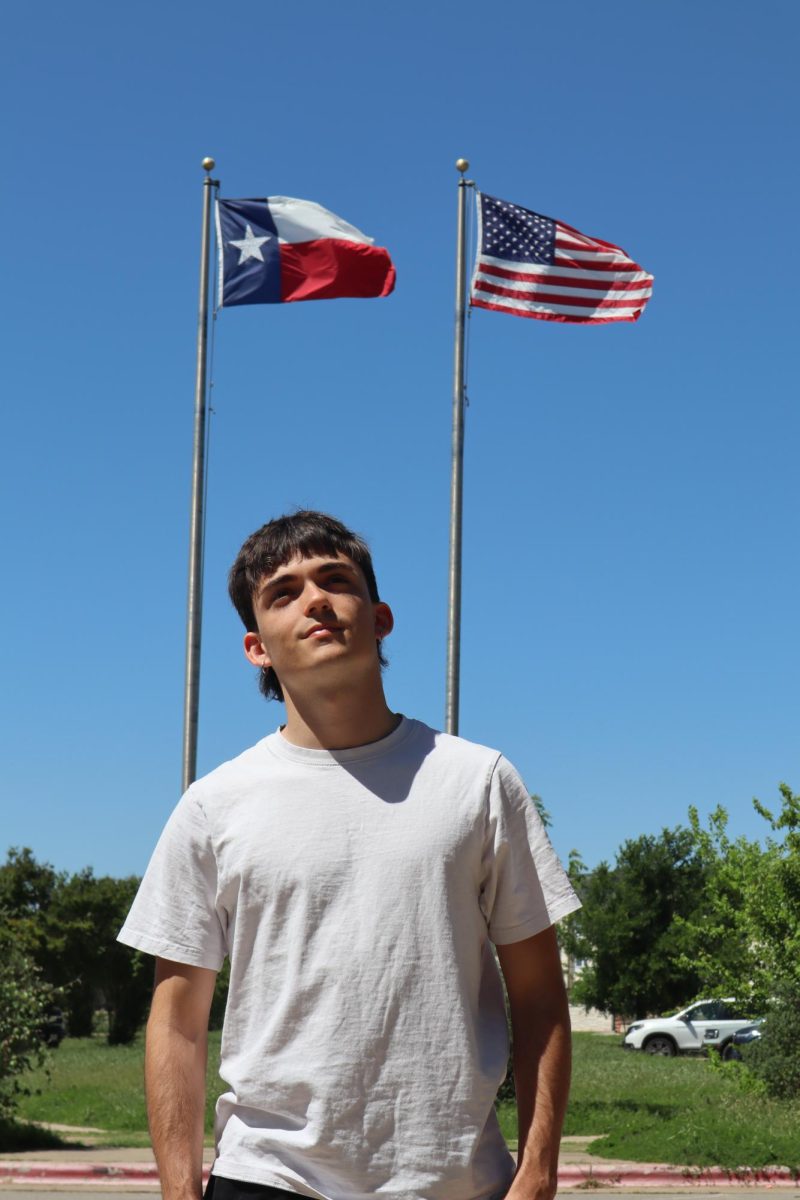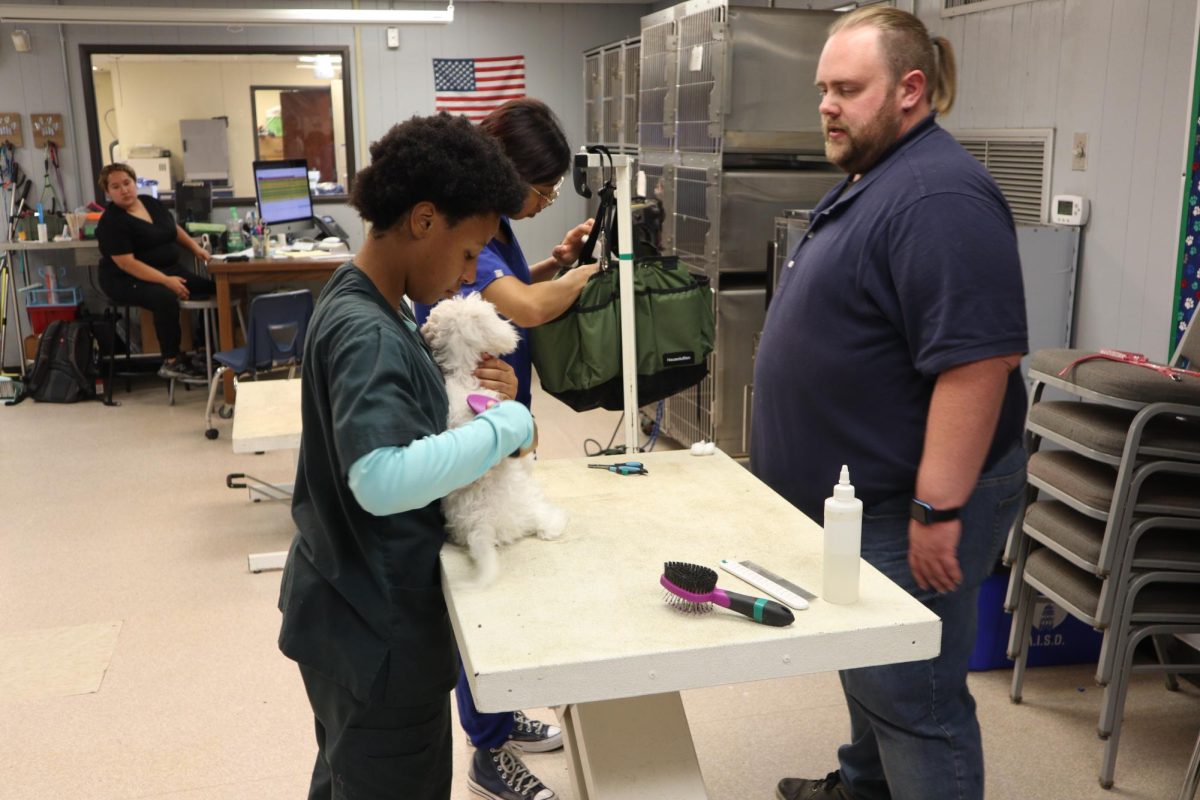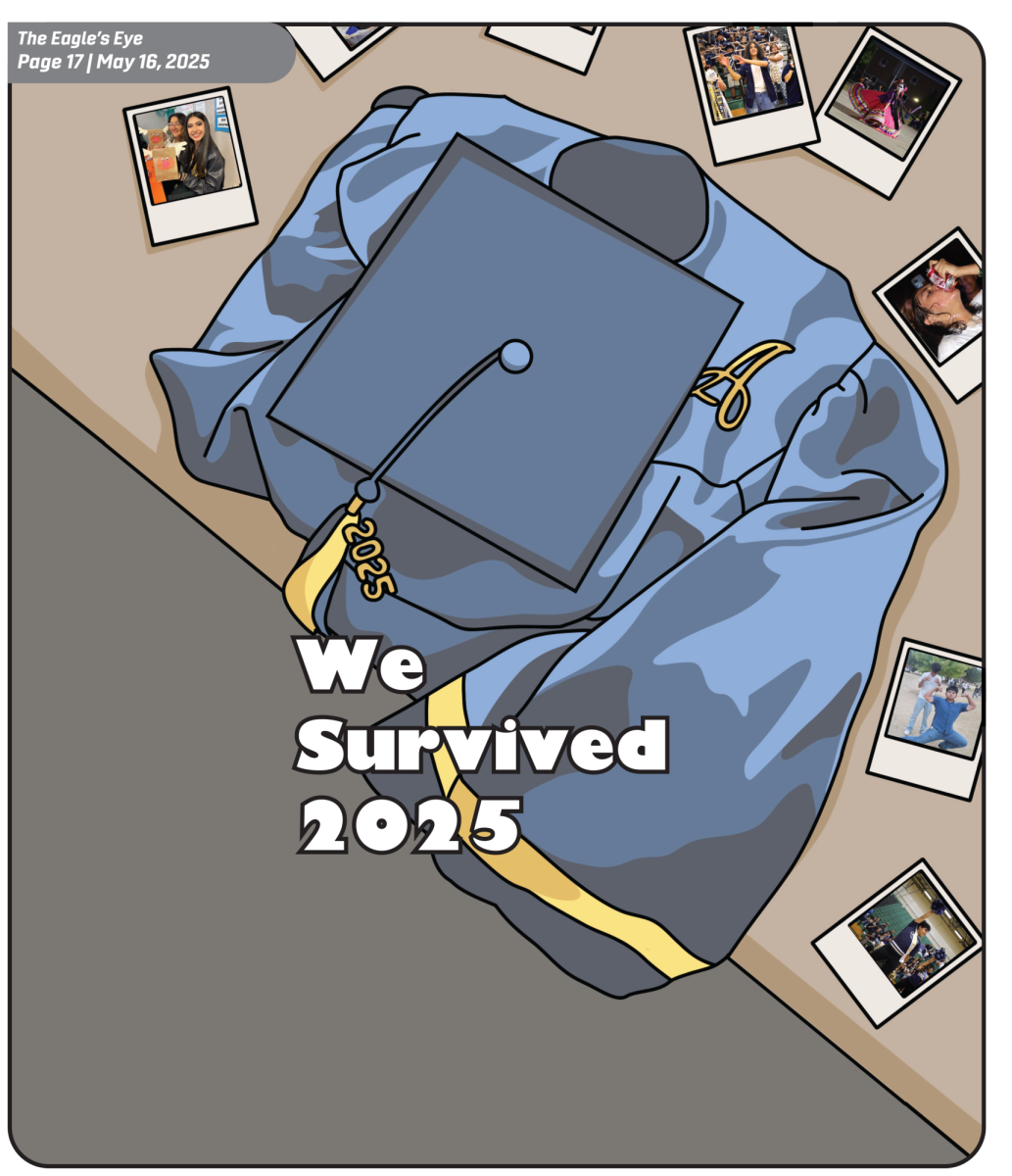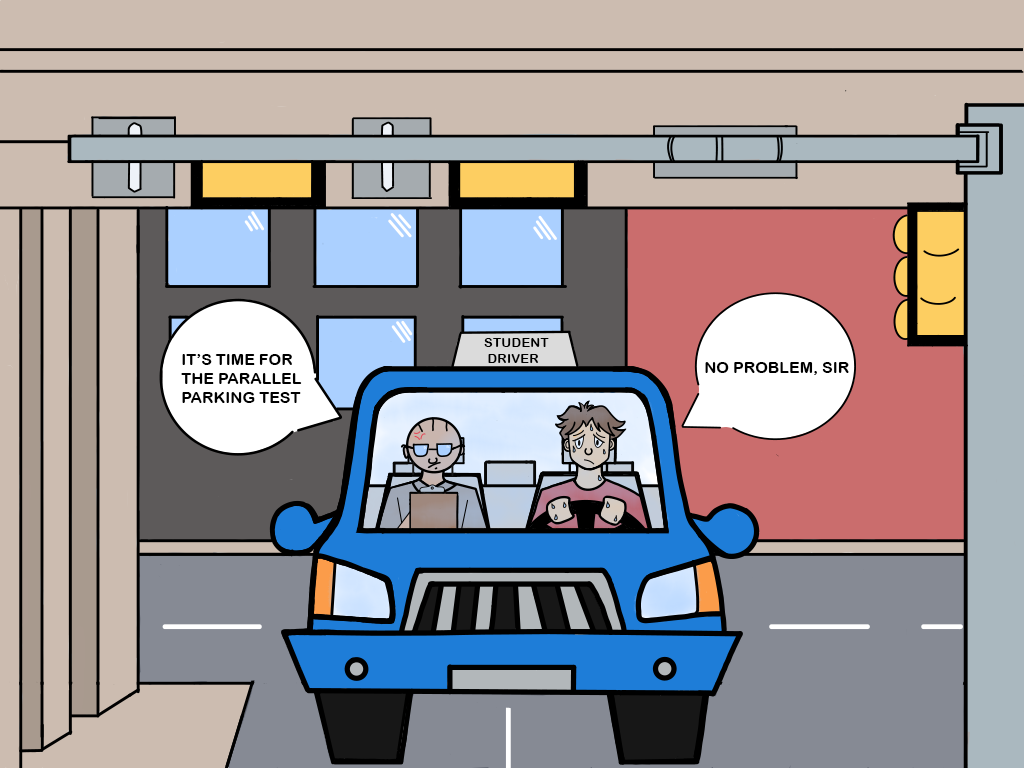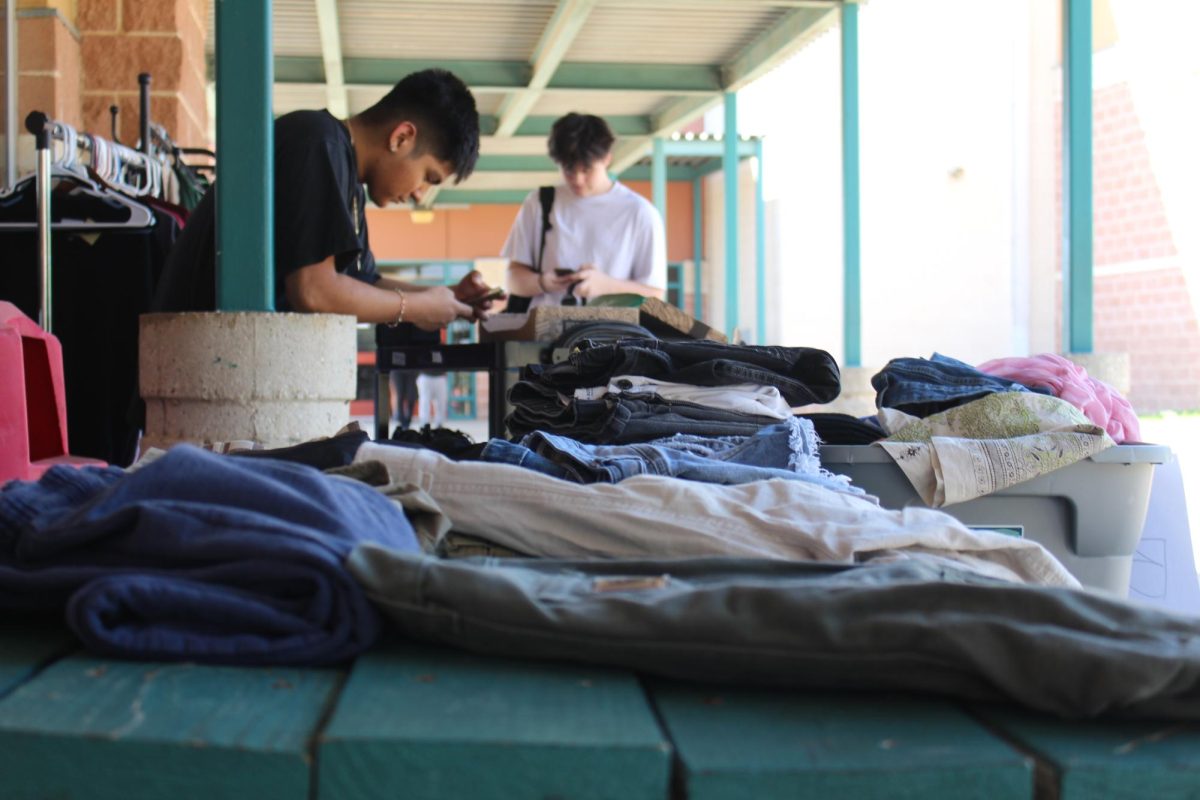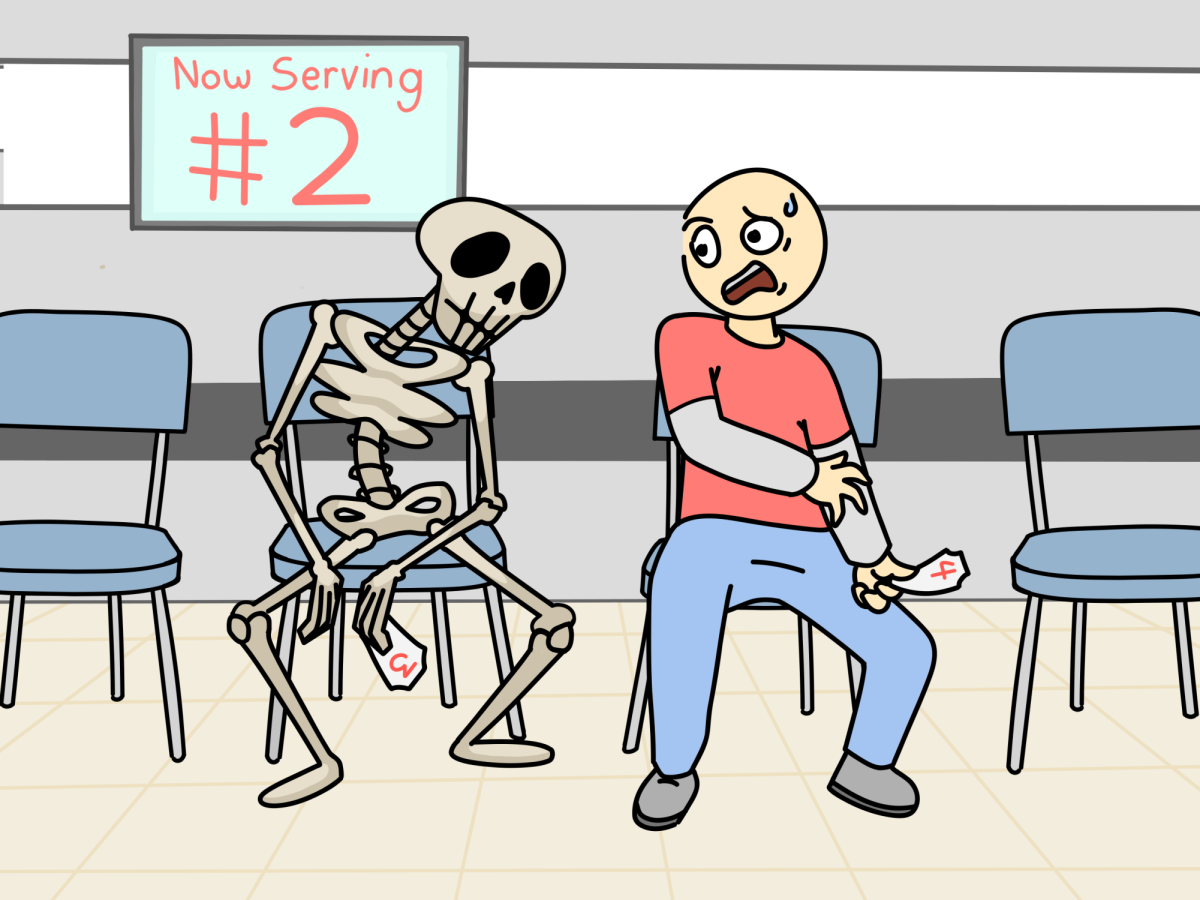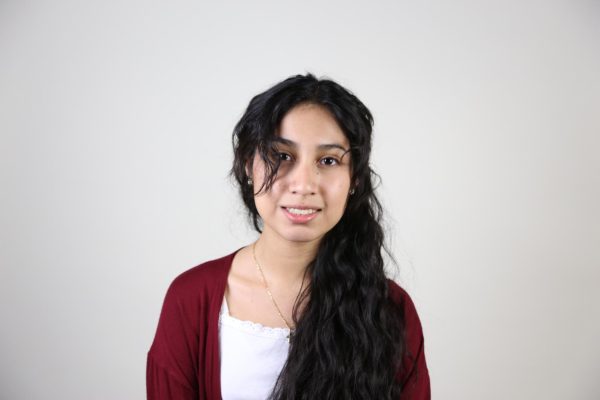Many of us are unaware of the processes a student takes to be transferred to other countries as an exchange student. Johnny Barbano, an exchange student from the small independent country of San Marino in Italy, knows this process very well. His home country has roughly 40 miles square, an altitude of 70 meters with a population of around 33,000 thousand people.
“The top of it it’s a mountain where there’s a city and everything around it,” Barbano said. “It’s a little more than a hill but it’s like a very low mountain,”.
This is Barbano’s third time doing an exchange student program. He chose a basic program where he could pick a specific country, but he couldn’t choose a certain city or his host parents.
His application requirements consisted of vaccines, a health report, extracurriculars, hobbies, interviews to test language proficiency and a mental preparation exam.
The agency takes his information over to an American Agency that creates a profile for him where host families choose a student.
The cost for fees, passport and visa taxes, insurance, and the amount of money that has to be sent for expenses was about 15,000 euros, which is about $16,000
There is only one high school in San Marino called Scuola Secondaria Superiore San Marino. Students don’t have a school bus and get to school by driving, walking, or using public transportation.
“(At) 14, you can drive these (small) cars, and from 16 you can drive faster cars and motorbikes and (at) 18 you get your actual driver’s license,” Barbano said.
Education is paid through taxes, but each year students take around thirteen classes and have to buy textbooks for each class. The total amount for these textbooks is about 400 euros (roughly $500). At the end of the year, the government refunds 60% of the money paid for books.
High school in San Marino runs for five years. Students start at the age of fourteen and graduate at the age of nineteen. Their core classes are called primary classes which consist of literature, philosophy, English, mathematics, and history. Every year their hours of primary classes diminish.
“I used to do four hours of math when I was like in my first year, and now I’m doing like two (classes) per week,” Barbano said.
They have class pathways very similar to academy classes. Barbano takes languages, which allows him to take classes where he studies French, German, and English. In addition, he takes many science classes like chemistry, physics, and biology. Students use number grades ranging from 1 to 10., with a grade of six considered a passing grade.
Their school doesn’t provide extracurriculars like sports and music. Instead, students have to pay for lessons in private academies. Barbano does extracurriculars like soccer and piano. Barbano is even part of San Marino’s national Futsal team, a soccer-like sport typically played indoors on a hard court.
“If you’re talented, if you’re a little talented you can even train with your national team. I managed to get in under 17 in my soccer national team. But after injuries and a few problems I quit and now I made the futsal national team which is quite a reward for me. And I’m also in the adult national team so I even get paid,” Barbano said.


